Minecraft is one of the world’s most popular games, if not the world’s most popular. How did a one-man indie game go from nothing to a worldwide phenomenon so quickly? Let’s go back in time and find out together.
You can skip this section if you’re a frequent Minecraft player or are familiar with the game’s interface. Let’s take a quick look at the current state of play before diving into the annals of sports lore. Among sandbox games, it’s hard to argue with Minecraft’s ubiquity. It’s as if the player has been thrown into an infinite open world with no idea where they are or what they’re supposed to be doing.
The biomes include everything from mountains to forests to caves to plains to oceans. An Achievements system is the only way to progress. Blocks are everywhere in the world and can be destructed or built upon in any way you choose. Also, there is a day/night cycle. During the night, players must feed and defend themselves from hostile mobs, depending on the difficulty setting.
Different adventures await players in various Game Modes that can be selected at the start of each new game. Creative Mode is the best option if you only want to work on building amazing things. If you’re looking for something a little more challenging, Adventure Mode is the way to go. It’s hard to beat Survival Mode if you’re looking for the “real deal.” With so many options, the game can be played endlessly.
The beginning
Now that you’ve learned the rules of the game, let’s get started. It’s time to learn the origins of this whole thing! The Swedish programmer Markus “Notch” Persson, formerly of King and jAlbum, came up with the idea for Minecraft. In his spare time, Notch experimented with several game ideas he’d gotten from other, more popular games. RubyDung, a building game, and Infiniminer, a mining game were among the prototypes. We can all see how Minecraft’s concepts were conceived.
Notch created Java Edition, the first version of Minecraft, over a single weekend in early May of 2009. It was released to the general public on the TIGSource forum, a forum for indie developers, on May 17. In response to player feedback, Notch updated the game to what is now known as the “Classic Version.” Beta came out on June 30, 2010; a few more updates were released before then, including the Indev and Infdevs editions. The popularity of Minecraft was beginning to soar around this time.
Notch resigned from his day job to devote all of his time to Minecraft. Together with his former colleagues Carl Manneh and Jakob Porter, he founded the now fabled video game company Mojang with the money he made from the game. Since then, the game’s settings have been tweaked and improved constantly.
Survival Mode was also included, along with a host of other new and improved features. The Beta phase of Minecraft began on December 30. Mojang hired new employees as the game, and the number of people who played it grew rapidly in the months leading up to the full release.
A vision takes over the world
On November 18, 2011, Minecraft released its full version. And it was a huge success right out of the gate. That wasn’t something you were expecting, was it? After this point, Minecraft was only going to go in one direction. That was the only way to go. Notch decided to step down as Lead Designer and hire Jens “Jeb” Bergensten, who now has full creative control over the game.
Mojang grew as the number of players grew. To keep up with and push the limits of the ever-expanding Minecraft, it was necessary to establish partnerships with additional developers and partners. “Adventure Update,” “Pretty Scary Update,” “The Update That Changed the World” and other new editions and updates were released in the following years. The game’s design has been improved, with new mobs, biomes, objectives, items, and game mechanics being added. One of the most appealing aspects of Minecraft was the fact that it was constantly evolving and adding new content. To this day, nothing has changed whatsoever.
Microsoft purchased Minecraft’s intellectual property from Mojang in 2017 for a record-breaking sum, following the game’s success and imprint in the hearts of many gamers. In a bid to find a buyer for his stock, Notch suggested on Twitter.
As the game evolved, more and more items and features were added. Boss battles, a larger underground component, and new dimensions and locations are all in the works. New consoles and platforms have been added to the game over the years. There’s an Xbox, a Playstation, a Nintendo, and even a mobile Pocket Edition. Minecraft has even made an appearance in virtual reality. You can play the game if you have a digital media device of any kind.
Game Modes and Spinoffs
To maintain the game’s replayability and novelty, many different game modes and spinoffs have been developed in response to the enormous popularity of Minecraft. Players engage in Minecraft for a wide range of reasons, each with its own set of objectives. The Eiffel Tower and the Taj Mahal are two of the most famous examples of creative mode creations.
Survival Mode and Hardcore Mode are popular choices for gamers who want to test their mettle to the limit. Adventure Mode caters to those who prefer a more narratively focused experience, while Secret Mode caters to those who want to find all the hidden Easter eggs. There’s a lot to do here!
Customization is a big part of Minecraft’s appeal. The modding community has created a wide range of new maps, enemies, and items. Other features include a multiplayer mode, which allows up to four people to play at once in a single world. It sounds like a lot of fun to fight off mobs and build things together, doesn’t it?
The adaptable game has spawned a slew of spin-offs. Most of them were developed by or in conjunction with Mojang. Minecraft: Story Mode, a Telltale Games and Mojang-developed episode and story-driven standalone game, is one of the most well-known spinoffs.
A multiplayer dungeon crawler in which up to four people can hack and slash their way through various caves, searching for treasure and exploring. And then there’s Minecraft Earth, a virtual world in which augmented reality has been fully integrated. Mojang and Microsoft know how to keep things interesting.
The train that keeps on going
No one in their right mind could have foreseen the massive cultural impact that Minecraft has had on the world of gaming. Few games can match its meteoric rise and, perhaps even more impressive, its ongoing relevance since its inception.
In an ever-changing world, the main game and its various spinoffs are more popular than ever. One of the most critically acclaimed games of the last decade, Minecraft has won multiple awards and been referred to as “one of the most important games of our time.”
“Blocky” graphics, freedom of play, open world, constant updates, mods, and changes, complex crafting system, the ability to engage people of all ages, the transformation into the mobile, console and virtual reality, and the perfect balance between an adventure game and a sandbox have all been praised by critics. It’s no surprise that Minecraft has sold over 200 million copies and has more than 125 million active monthly players. Those are some crazy numbers.
Because of the early reliance on player donations, Minecraft was one of the first independent games to make effective use of video sharing sites like Youtube and other similar ones. Many of today’s most popular gaming influencers have used Minecraft to gain and retain viewers on their channels. Minecraft’s story is a great example of gaming synergy.
By now, it’s clear that Minecraft has evolved into something much more. As a result of its widespread influence and enduring appeal, it has been adapted for use in a variety of media, including films, documentaries, novels, clothing, and even music. Education, infrastructure planning, and habitat studies all use it. We can see Minecraft’s influence in almost every aspect of our lives. When it comes to Minecraft, the question is, what will the future hold?
Read also:-

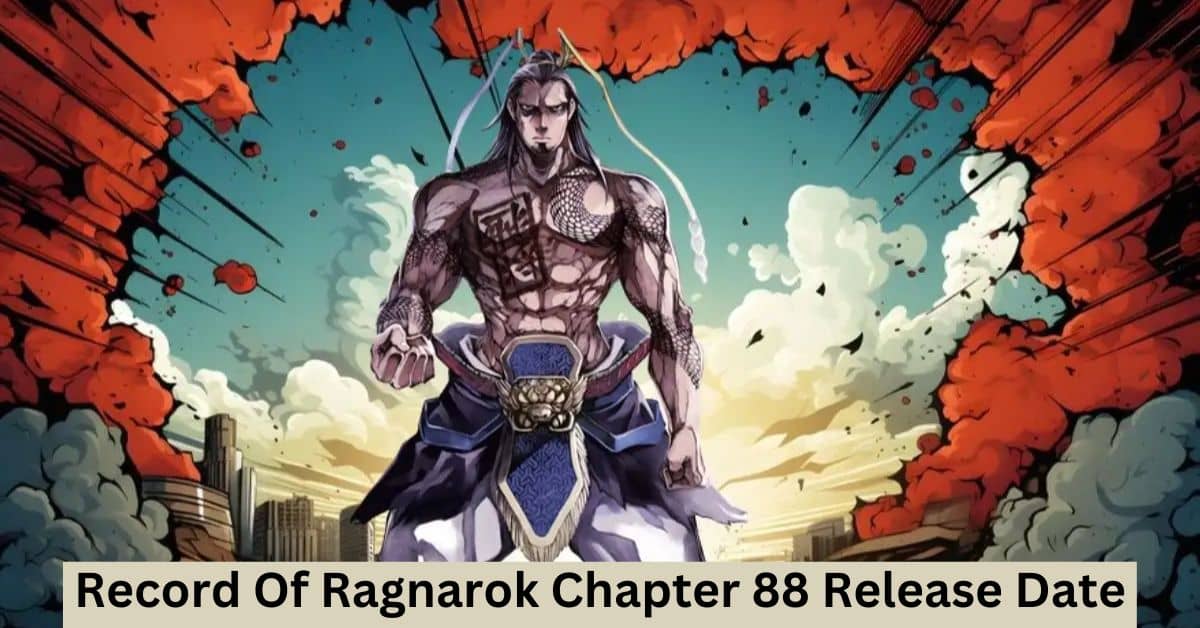

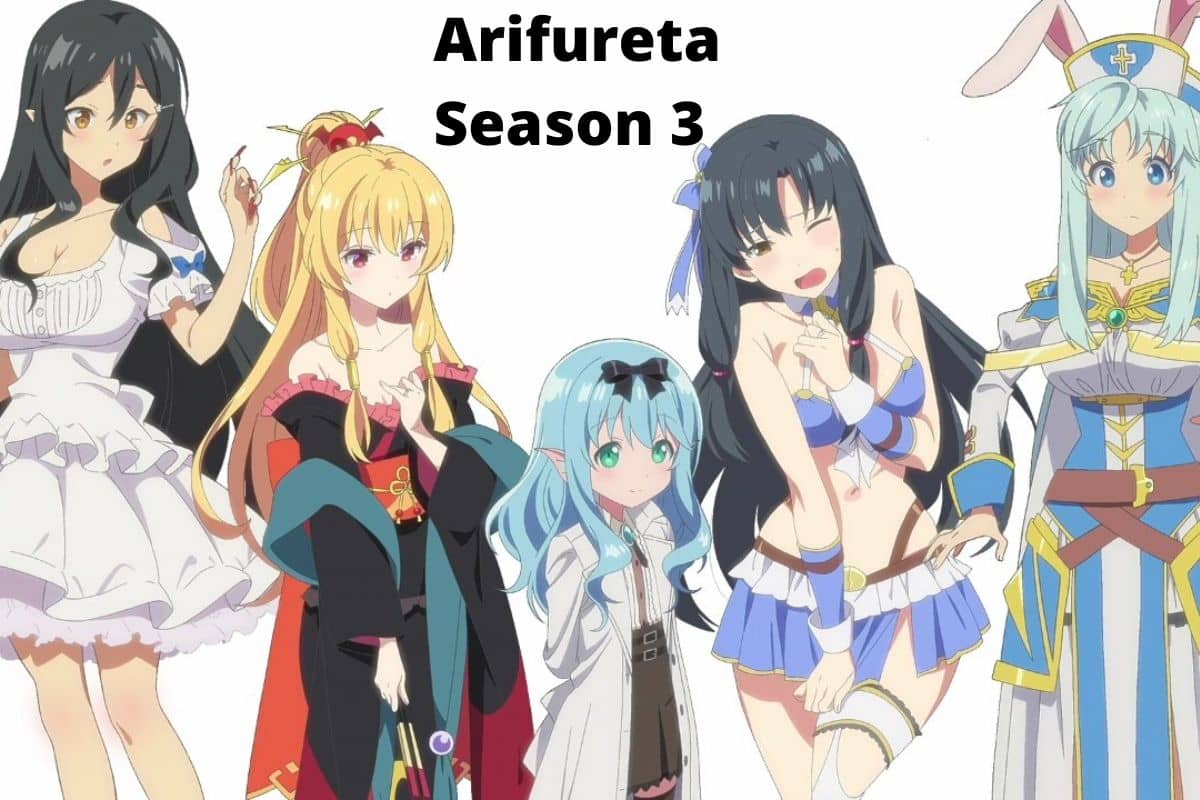
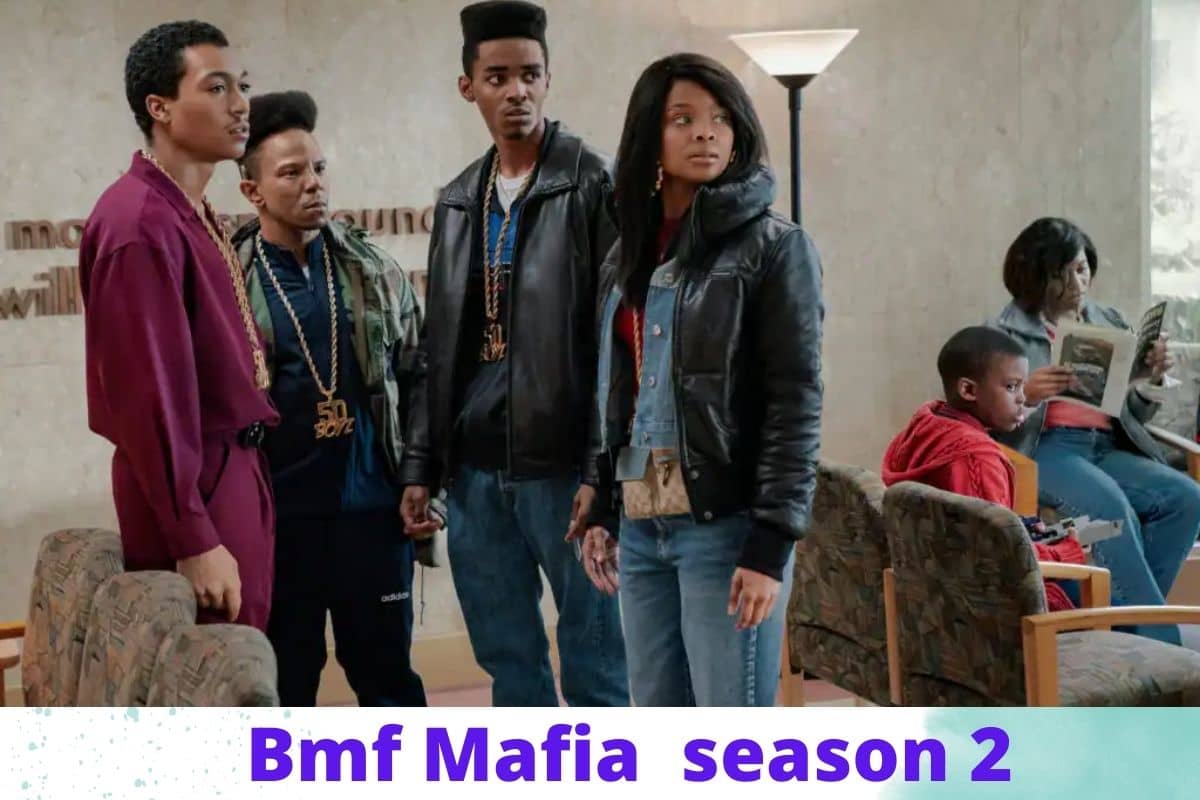
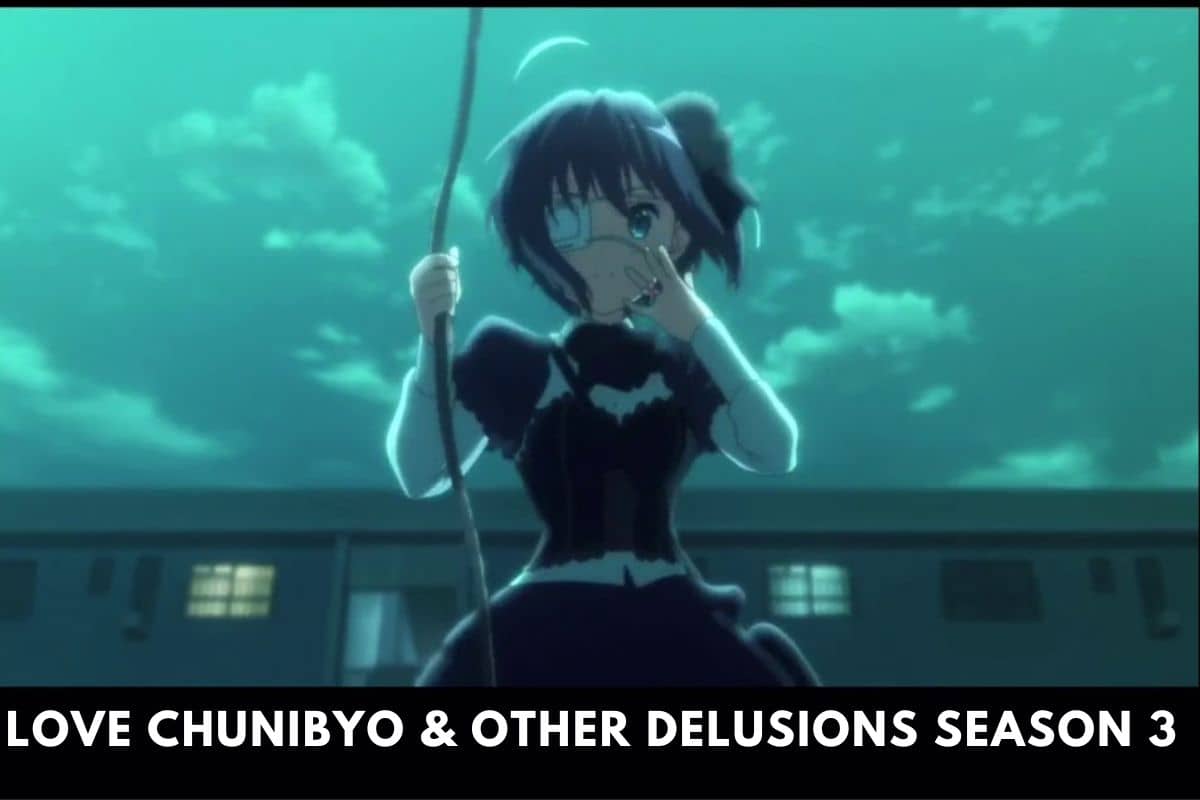

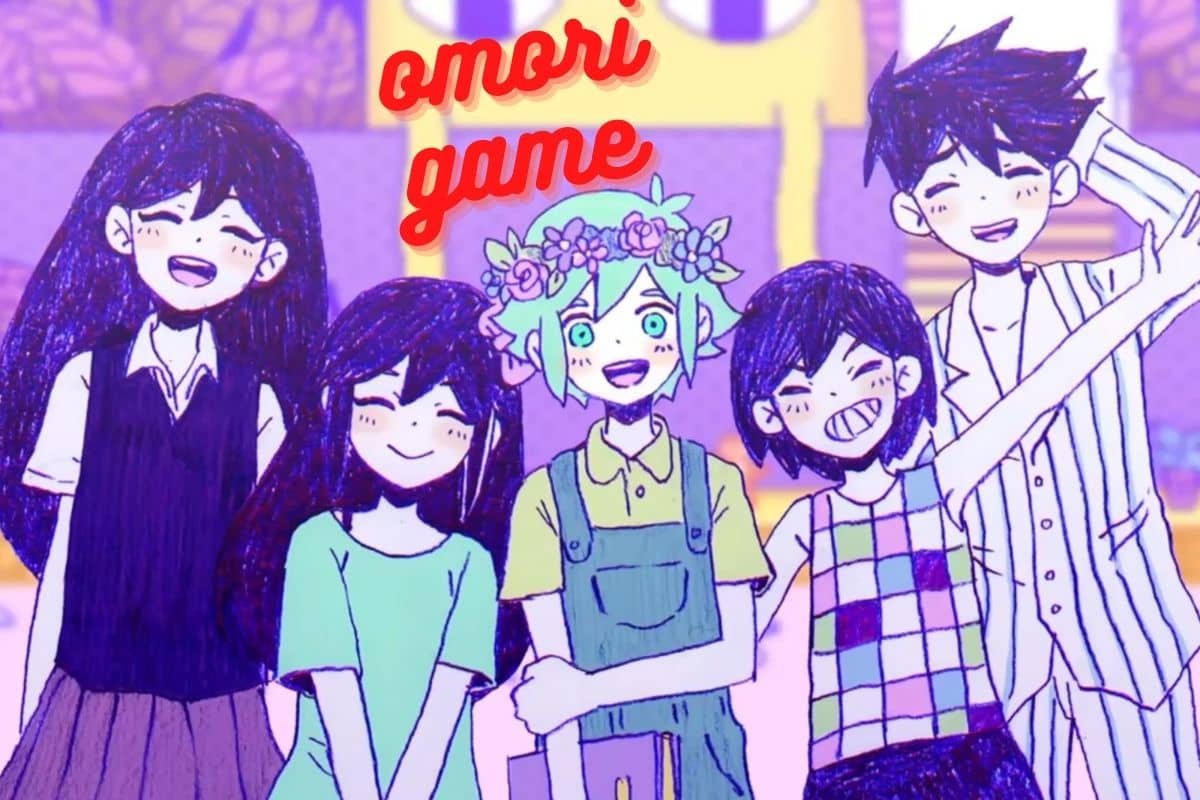
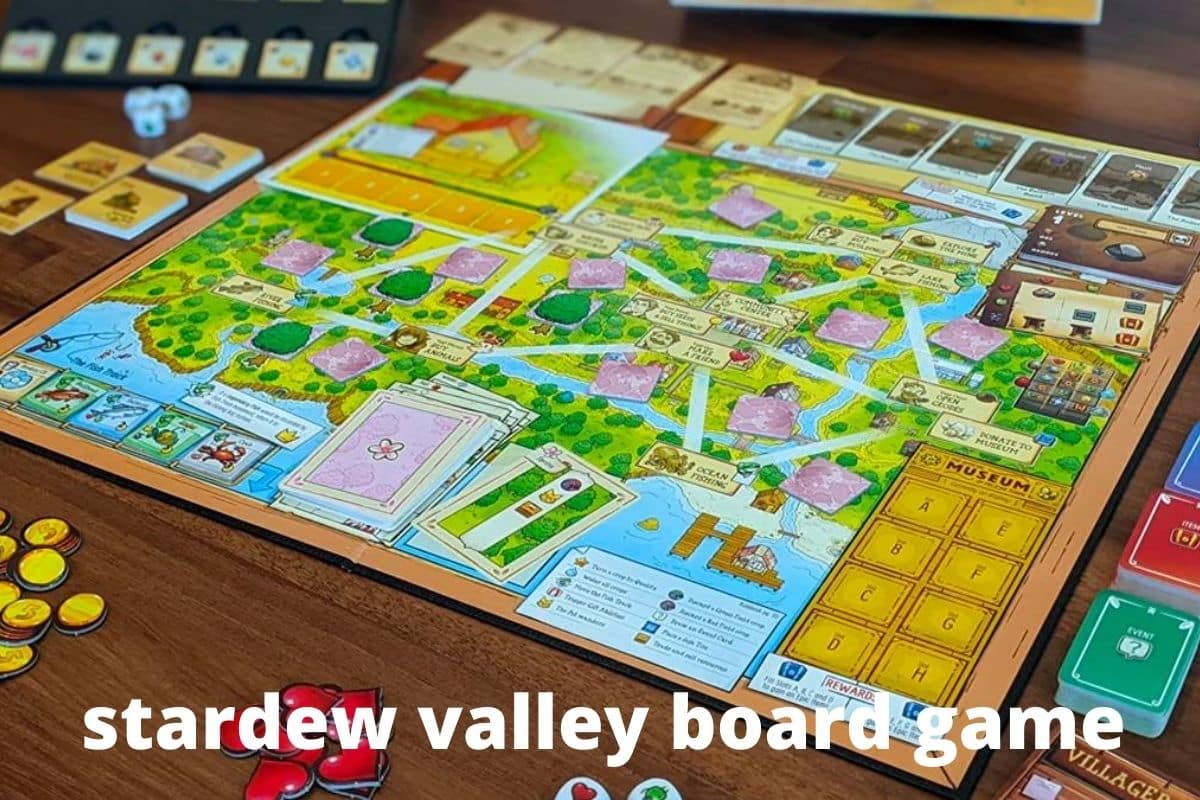
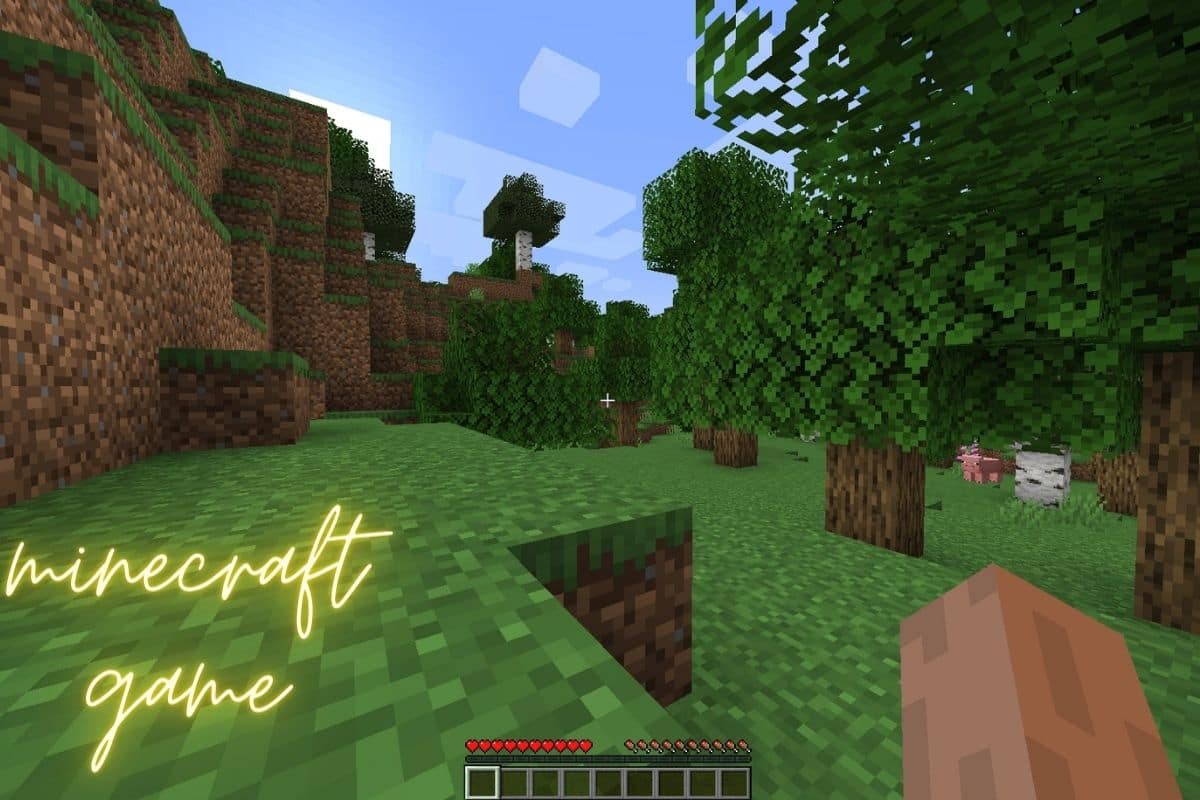
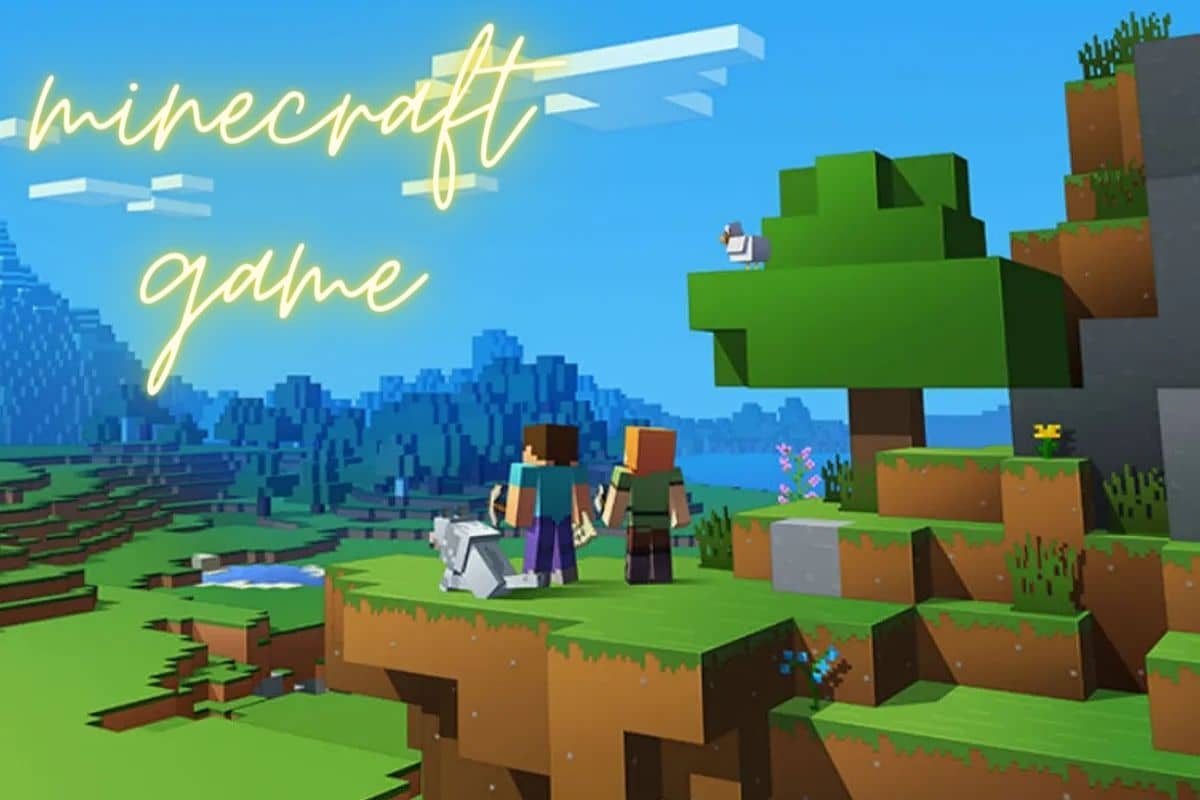
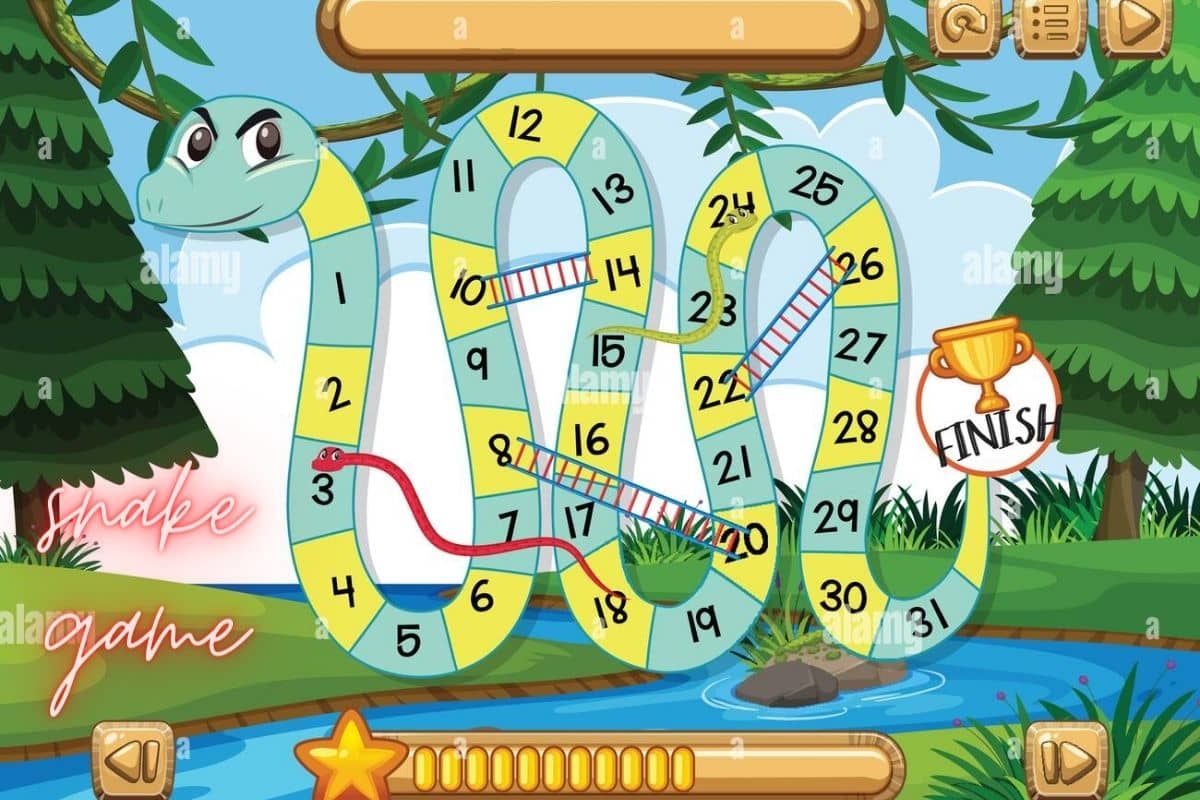
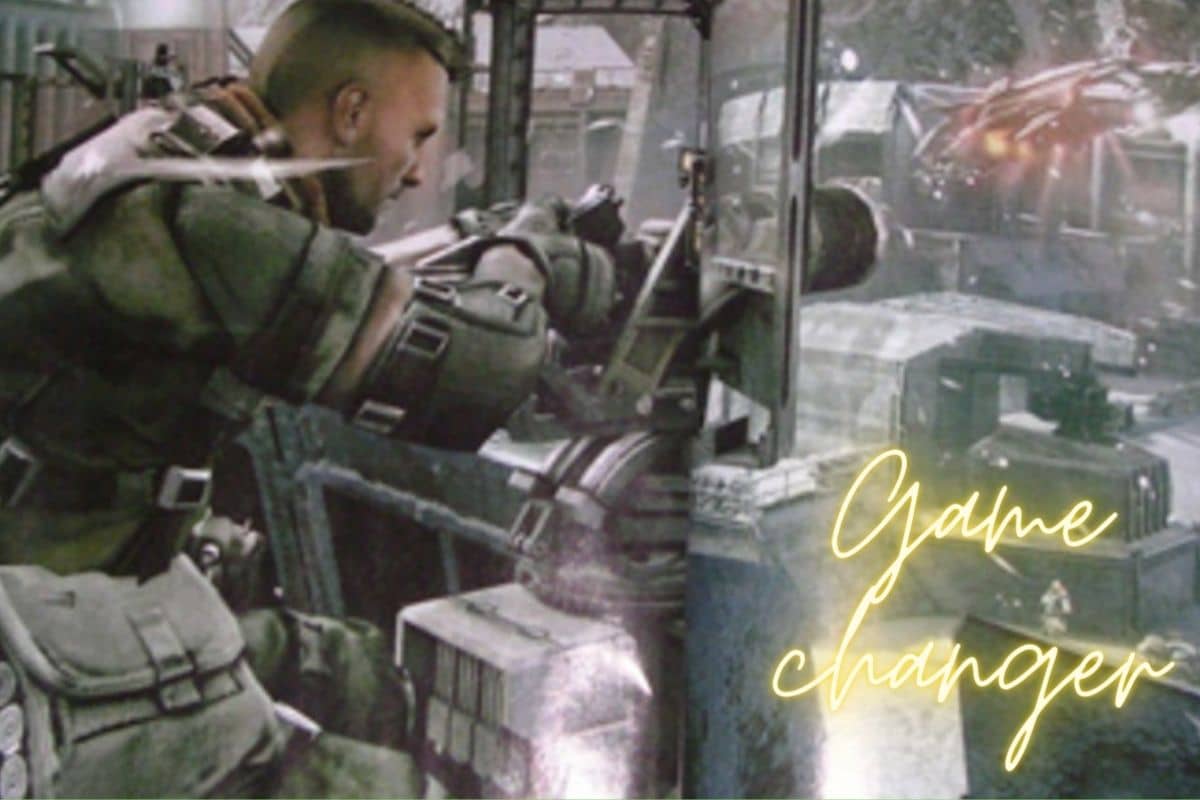

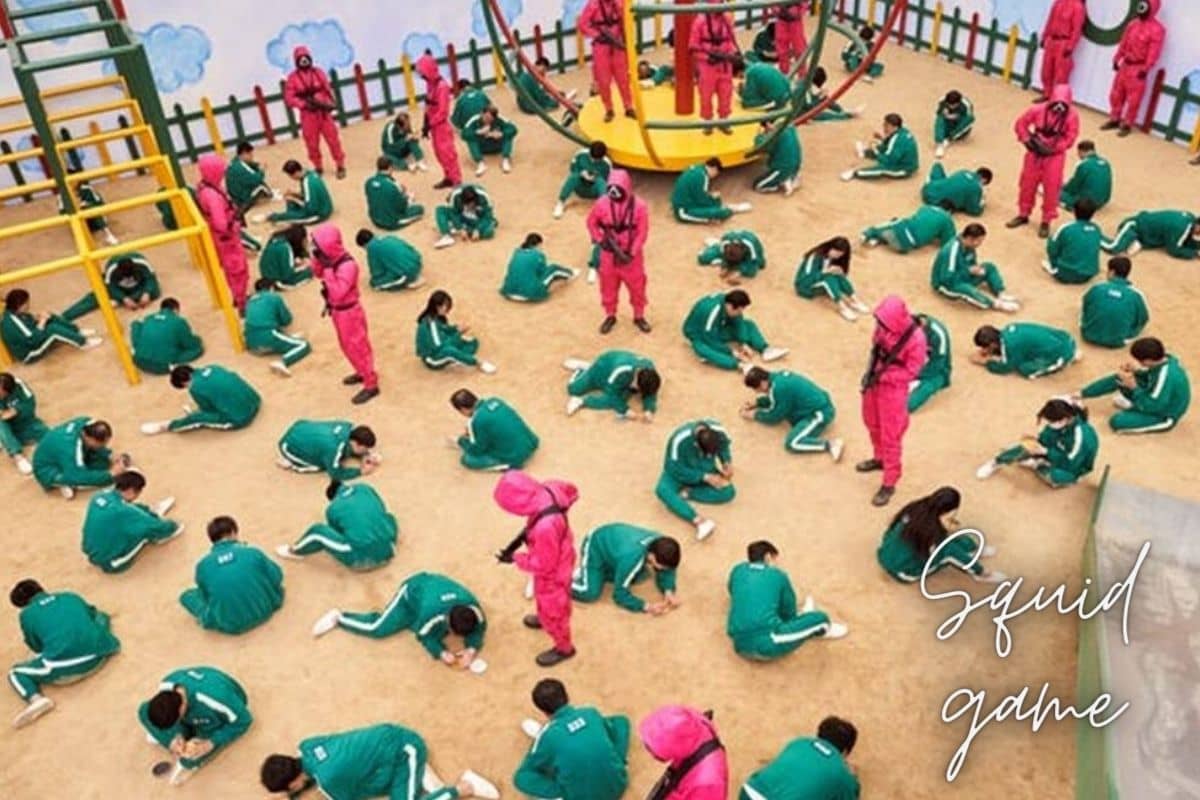
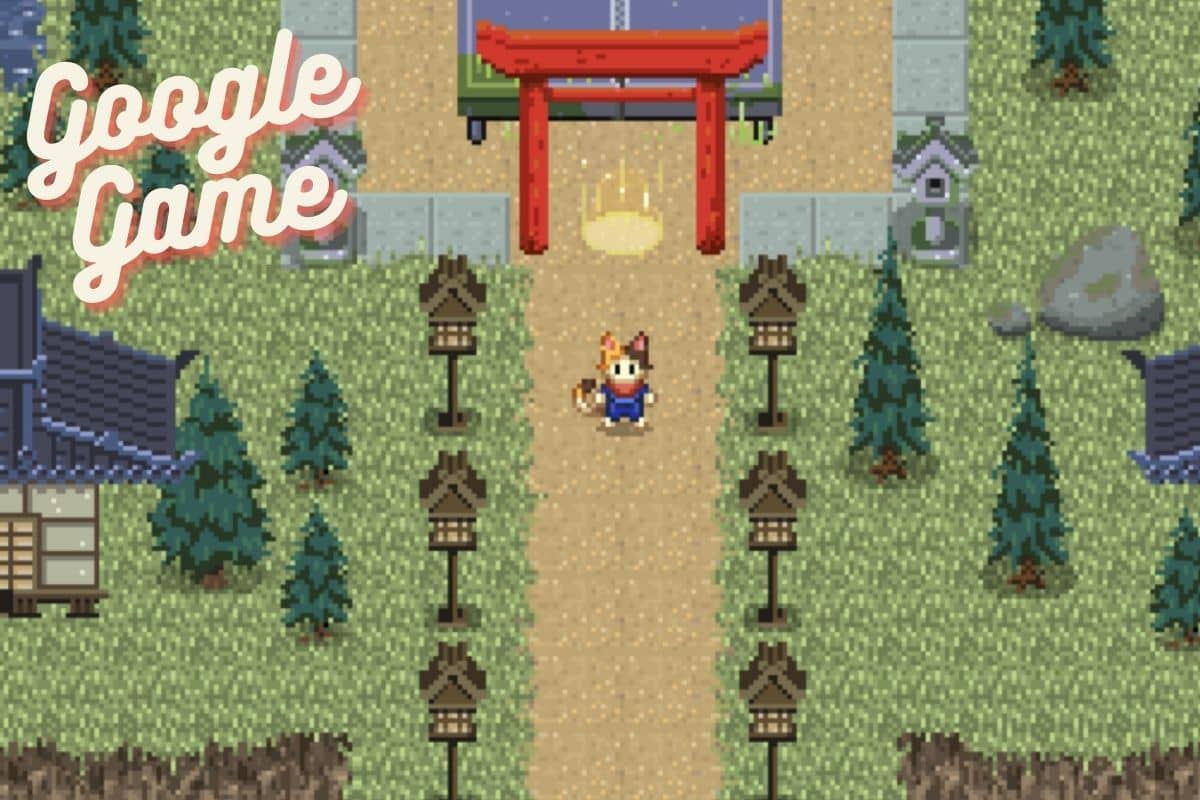

Comment on “Games the History of Minecraft & More Details !”